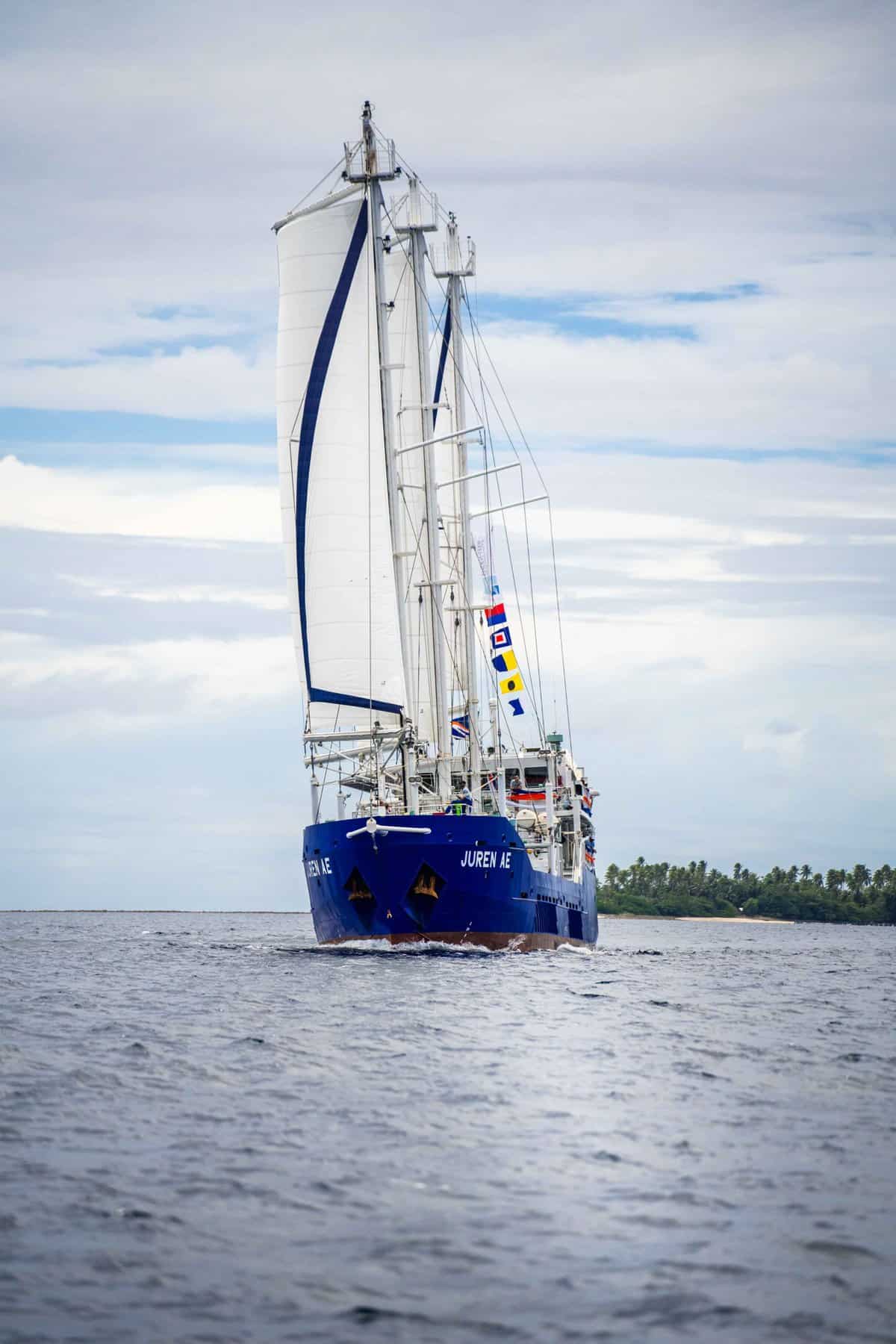The arrival of the SV Juren Ae into Majuro Lagoon under full sail at the end of last month was a majestic sight.
It was also an important moment for sustainable shipping in our region.
In 2020, Marshall Islands committed to reducing carbon emissions by its domestic shipping fleets by 40% by 2030, and 100% by 2050. Micronesian Centre for Sustainable Transport (MCST) legal researcher, Tina Schultz says while these targets are highly ambitious, they are achievable with the right financing and technologies.
“Our domestic shipping scenario in the Pacific is not a . . .
Please Subscribe to view full content...
